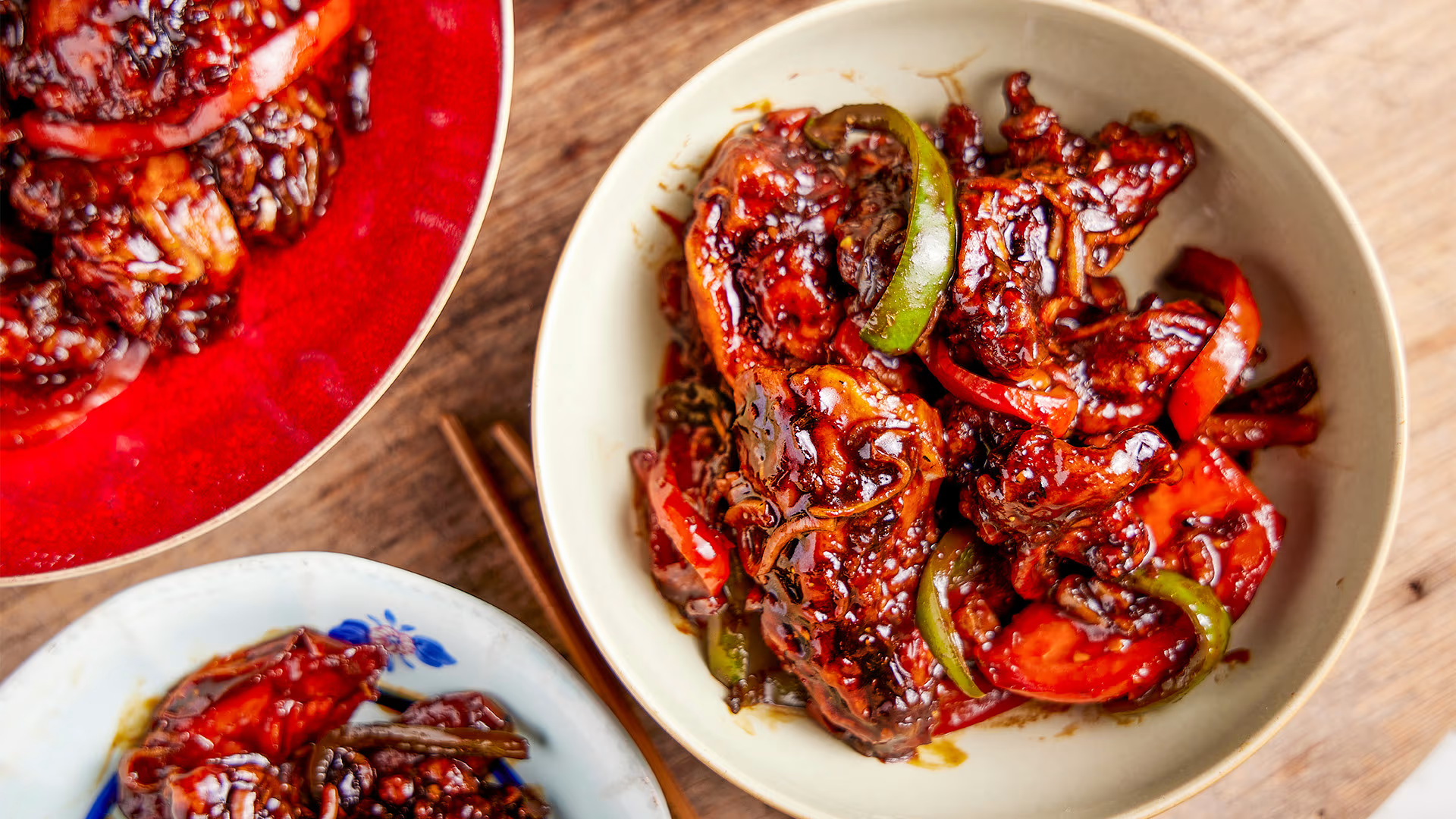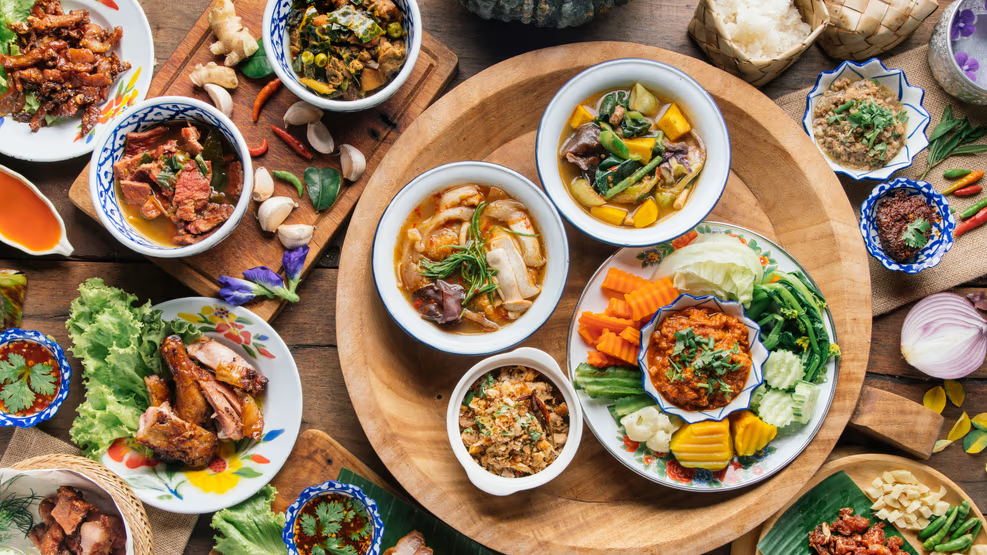
Savor the Flavors of Malaysia: Quick and Easy Malaysian Menu Recipes to Try Today!
Written by Jessica Lopez
Published at 12-12-2023
Edited on 03/23/2025 | 08:00 PM
Asian RecipesCourse: Main Course
Cuisine: Malaysian
Difficulty: Moderate
Servings
4-6 people
Prep Time
30 minutes
Cooking Time
1 hour
Total Time
1 hour 30 minutes
Fat
20g
Protein
25g
Carbs
45g
Calories
600 kcal
Malaysia is a vibrant country known for its rich cultural heritage and diverse culinary delights. The Malaysian menu is a feast for the senses, combining flavors from Malay, Chinese, Indian, and indigenous traditions. This unique blend creates dishes that are both mouthwatering and unforgettable! From spicy curries to fragrant rice dishes, Malaysian cuisine offers something for everyone, making it an exciting choice for your next meal.
Whether you are a seasoned home cook or a culinary newbie, exploring Malaysian recipes can be a fun adventure. You’ll find that many ingredients are easy to source, and the cooking techniques, while sometimes intricate, can be simplified for everyday cooking. Imagine whipping up a comforting bowl of Nasi Lemak or a sizzling plate of Char Kway Teow right in your kitchen! These dishes are not just meals; they are experiences that transport you to the bustling streets of Kuala Lumpur or the tranquil shores of Penang.
In this blog, I’ll share easy-to-follow recipes that capture the essence of Malaysian flavors without the fuss. Get ready to impress your family and friends with your culinary skills and take their taste buds on a trip to Southeast Asia! So roll up your sleeves and let’s dive into the world of Malaysian menu recipes that will surely spice up your everyday meals and bring a taste of adventure to your dining table!.


